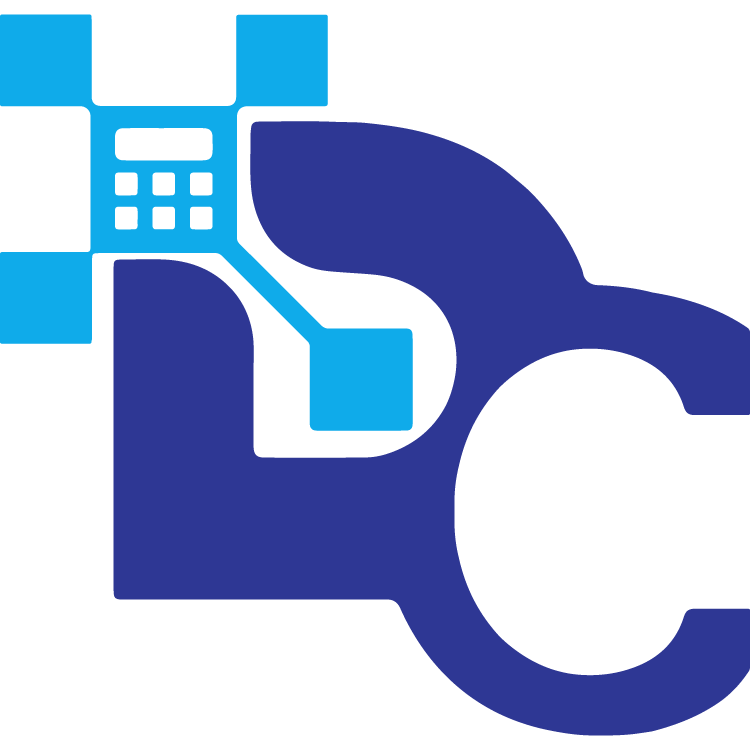Convert Binary to Decimal - Fast & Accurate Binary ⇄ Decimal Converter
Convert between binary and decimal number systems with precision using standard mathematical conversion
Need a quick way to convert binary to decimal or decimal to binary? Our Binary ⇄ Decimal converter gives instant and accurate results. Just enter the value and see the exact conversion anytime.
Why Users Love This Binary ⇄ Decimal Converter
- Accurate formulas: Uses the correct base-2 and base-10 methods.
- Instant calculation: Results appear as soon as you type.
- Clear results: Shows both detailed steps and final values.
- Two-way conversion: Works for both binary to decimal and decimal to binary.
- Easy access: Mobile and desktop friendly.
How to Use Our Converter
- Enter your number.
- Select the direction: Binary to Decimal or Decimal to Binary.
- View the instant conversion.
- Copy, share, or save the answer.
Binary Numbers
The term Binary refers to the base-2 number system. It only uses two digits: 0 and 1. Binary numbers are the foundation of computing because digital circuits understand only two states: ON (1) and OFF (0).
Key Facts About Binary
- Exact value: Each digit represents a power of 2.
- Relationship to Decimal: Binary is converted to Decimal by adding powers of 2.
- Common abbreviation: Bin or base-2.
- Notation tips: Always written with digits 0 and 1.
Decimal Numbers
The Decimal system is the base-10 number system. It uses digits from 0 to 9 and is the most common way humans represent numbers in daily life.
Key Facts About Decimal
- Exact value: Each digit represents a power of 10.
- Relationship to Binary: Decimal values can be converted into Binary using repeated division by 2.
- Common abbreviation: Dec or base-10.
- Notation tips: Used for counting, money, measurement, and arithmetic.
Binary to Decimal Conversion Formula
Formula:
Decimal = (bn × 2ⁿ) + (bn-1 × 2ⁿ⁻¹) + … + (b1 × 2¹) + (b0 × 2⁰)
Binary to Decimal Conversion Examples
Example 1: Convert 1011 to Decimal
- Step 1: Formula = (1 × 2³) + (0 × 2²) + (1 × 2¹) + (1 × 2⁰)
- Step 2: Substitute = 8 + 0 + 2 + 1
- Step 3: Result = 11
Example 2: Convert 11010 to Decimal
- Step 1: Formula = (1 × 2⁴) + (1 × 2³) + (0 × 2²) + (1 × 2¹) + (0 × 2⁰)
- Step 2: Substitute = 16 + 8 + 0 + 2 + 0
- Step 3: Result = 26
Example 3: Convert 111111 to Decimal
- Step 1: Formula = (1 × 2⁵) + (1 × 2⁴) + (1 × 2³) + (1 × 2²) + (1 × 2¹) + (1 × 2⁰)
- Step 2: Substitute = 32 + 16 + 8 + 4 + 2 + 1
- Step 3: Result = 63
Decimal to Binary Conversion Formula
Formula:
Binary = Divide Decimal by 2 and record remainders until quotient = 0.
Decimal to Binary Conversion Examples
Example 1: Convert 13 to Binary
- Step 1: 13 ÷ 2 = 6 remainder 1
- Step 2: 6 ÷ 2 = 3 remainder 0
- Step 3: 3 ÷ 2 = 1 remainder 1
- Step 4: 1 ÷ 2 = 0 remainder 1
- Result = 1101
Example 2: Convert 20 to Binary
- Step 1: 20 ÷ 2 = 10 remainder 0
- Step 2: 10 ÷ 2 = 5 remainder 0
- Step 3: 5 ÷ 2 = 2 remainder 1
- Step 4: 2 ÷ 2 = 1 remainder 0
- Step 5: 1 ÷ 2 = 0 remainder 1
- Result = 10100
Example 3: Convert 45 to Binary
- Step 1: 45 ÷ 2 = 22 remainder 1
- Step 2: 22 ÷ 2 = 11 remainder 0
- Step 3: 11 ÷ 2 = 5 remainder 1
- Step 4: 5 ÷ 2 = 2 remainder 1
- Step 5: 2 ÷ 2 = 1 remainder 0
- Step 6: 1 ÷ 2 = 0 remainder 1
- Result = 101101
Applications of Binary and Decimal Conversions
- Computer programming: Converting binary instructions into human-readable numbers.
- Networking: IP addressing often involves binary and decimal formats.
- Digital electronics: Binary is used in circuits, while Decimal is used for display.
- Mathematics & education: Understanding number systems for coding and problem solving.
Quick Reference Table for Binary ⇄ Decimal Conversion
Binary | Decimal | Decimal | Binary |
101 | 5 | 5 | 101 |
1101 | 13 | 13 | 1101 |
10100 | 20 | 20 | 10100 |
111111 | 63 | 63 | 111111 |
Use our Binary ⇄ Decimal converter at Digital Calculator for fast, accurate, and reliable results in computer science, mathematics, and digital electronics.
